Winter Annuals and Perennials
Winter Annuals and Perennials
Are you looking to offset the grey winter landscape with some color? Do you miss having flowers to tend to, despite the cool temperatures? If you’re a green thumb who misses gardening or enjoys color year-round in your landscape, we have good news: there are plenty of hearty flowers and shrubs that thrive in winter. Here is a guide to some of the most resilient options for your garden or outdoor space this season that can survive winters, from a light frost to the coldest climates.
What Are Winter Annuals You Can Plant?
Winter flowering annuals are flowers planted in the fall, usually after the first frost, and will last until late winter or early spring. Popular examples of winter flowers include pansies, sweet peas, snapdragons, and sweet alyssum. These winter flowering annuals will brighten up any garden during the coldest months of the year. Plus, they are easy to care for—just make sure they get enough water and sunlight. Let’s take a closer look at some of these winter annuals that can help to add color to your flower beds during winter and early spring: pansies and snapdragons.
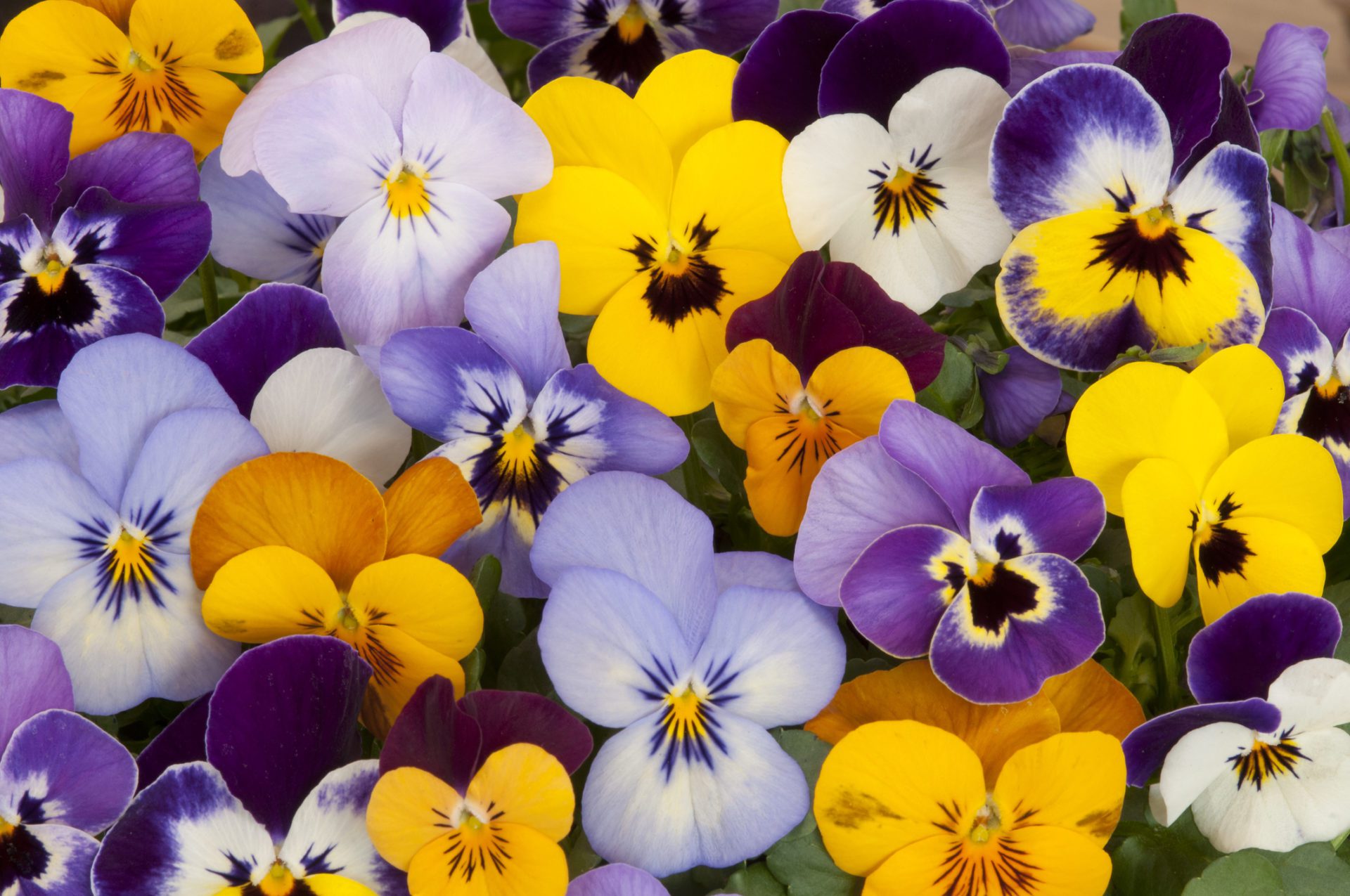
Pansies are a winter annual that can add color to your landscape
Pansies
Don’t be fooled by the name, pansies are tough winter flowers that can stand up to bitter temperatures. They come in nearly every color imaginable, from bright yellow flowers to purple, making them great for adding pops of color to your garden during the cold months. As an added bonus, pansies are fairly low maintenance—all they need is occasional watering and deadheading (the act of removing spent flowers or dead flower spikes) when needed.
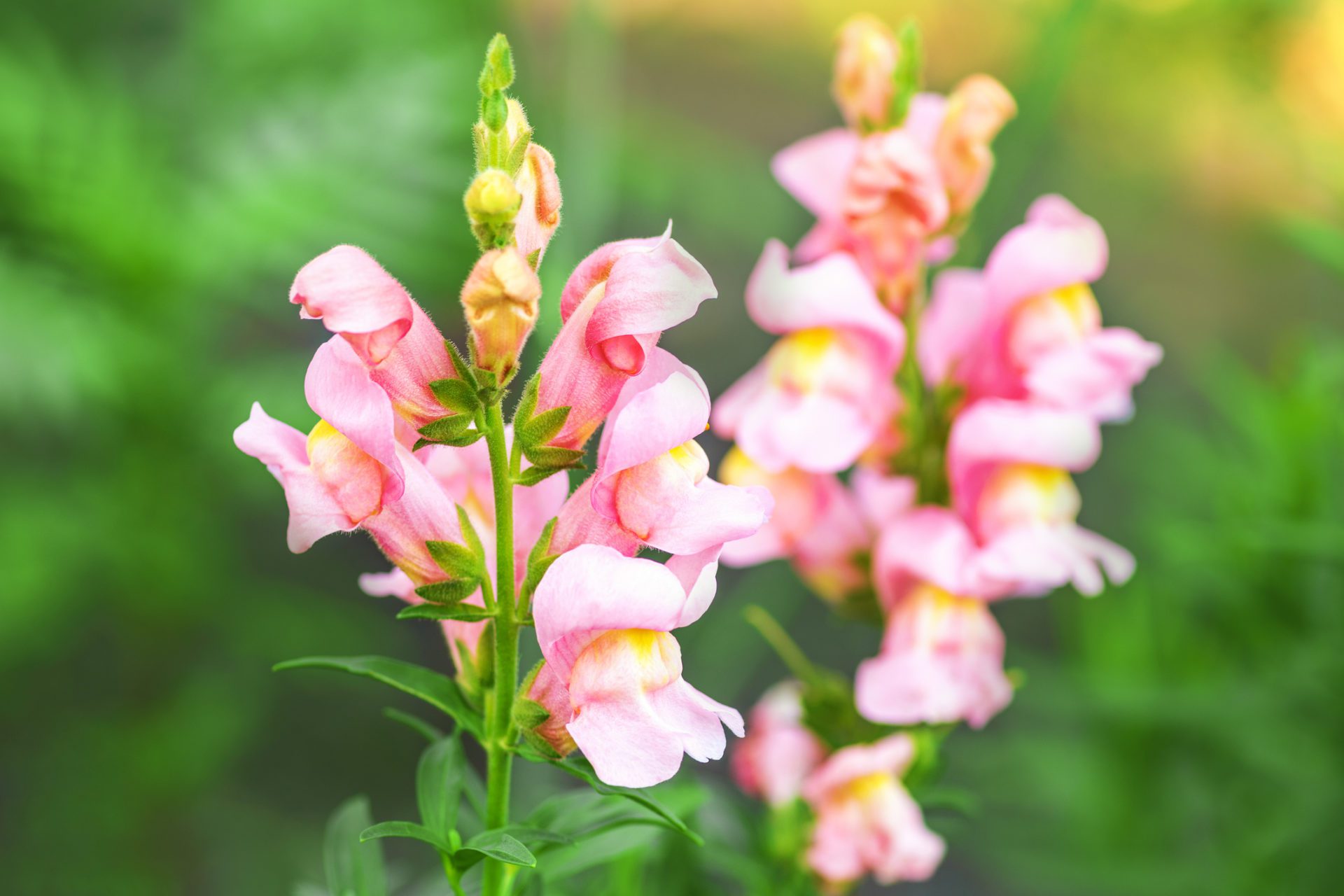
Looking for a winter annual? Consider snapdragons
Snapdragons
Snapdragons are one of the most versatile flowers found in gardens around the world. This is due to their diversity in size and color range along with their ability to thrive under various conditions. These flowers have been beloved by gardeners for generations due to their unique flower shape which, if you use your imagination, resembles that of a dragon’s head. Like pansies, snapdragons are low maintenance and while they aren’t fragrant flowers they provide color to garden beds in spring, summer, fall, and winter.
What Are Winter Perennials You Can Plant?
Perennials are plants that come back every year without having to replant them each season. Some popular winter perennial flowers include iris, daylilies, daisies, daffodils, and hellebores. Not only do they bloom year-round, but they also require less maintenance than other plants because their root systems stay intact from one season to the next. Plus, these perennials often attract birds and butterflies that can add an extra layer of life to your garden!
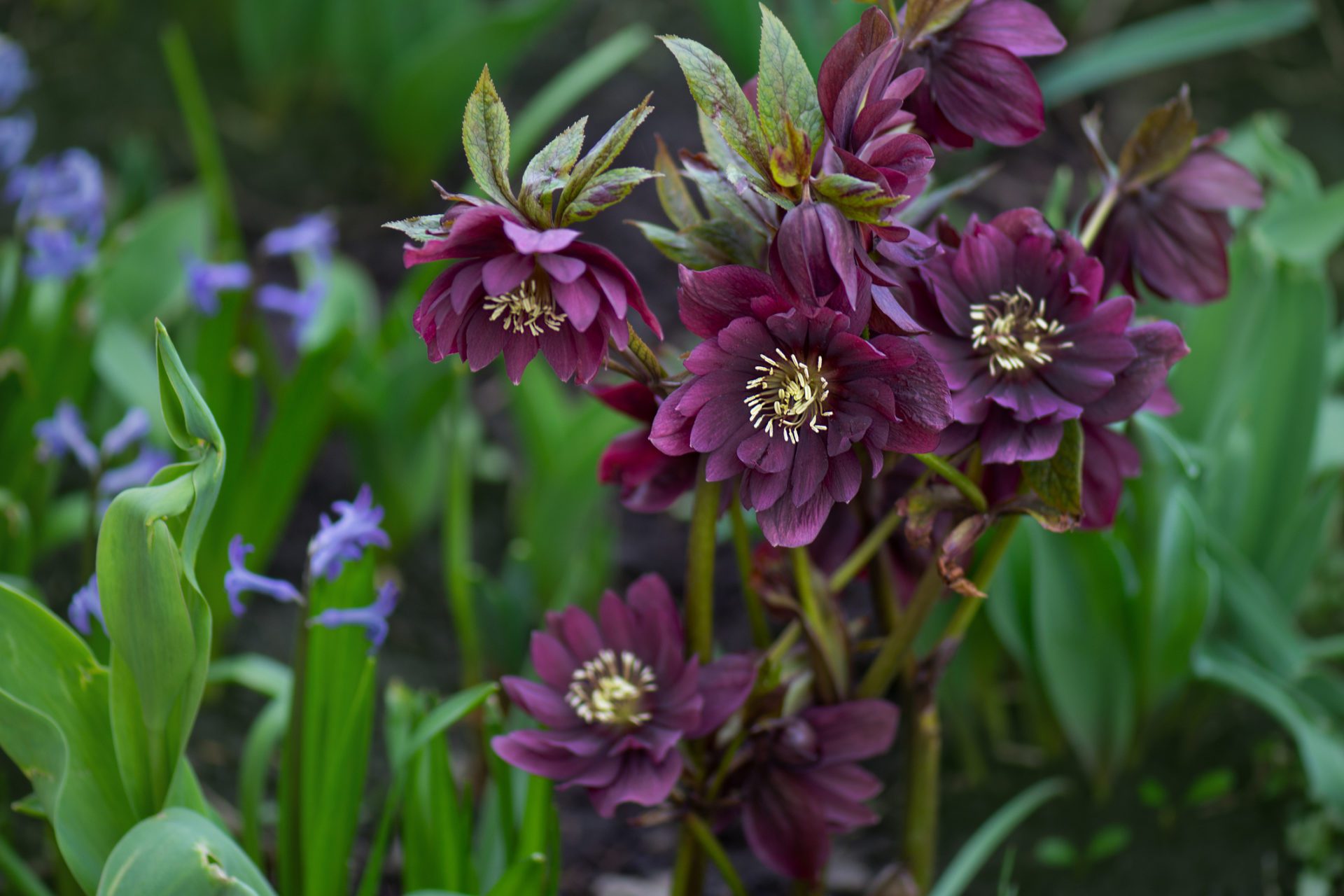
Christrose or hellborus is a perennial you can plant to add during winter.
Hellebores
Often known as “Lenten roses,” hellebores are an excellent choice for winter gardens because they can tolerate cold temperatures and bloom in late winter or early spring. The delicate pinkish-white flowers will add a pop of color to your landscape just when you need it most. Hellebores are ideal for shaded areas as they prefer light shade over direct sunlight.
Sweet Peas
Sweet peas are one of the few winter perennials out there, making them a very versatile and resilient flower. They can bloom as early as late winter or as late as early spring, so you can expect to see sweet peas at all different times of the year. While sweet pea flowers may not be the flashiest options available in your garden nursery, they are definitely worth considering if you’re looking to create an ever-evolving landscape of color that changes with the cold weather months.
There are many different types of winter annuals and perennial flowers. When you do your research, you’ll find a variety of plants that bloom from early winter to early spring.
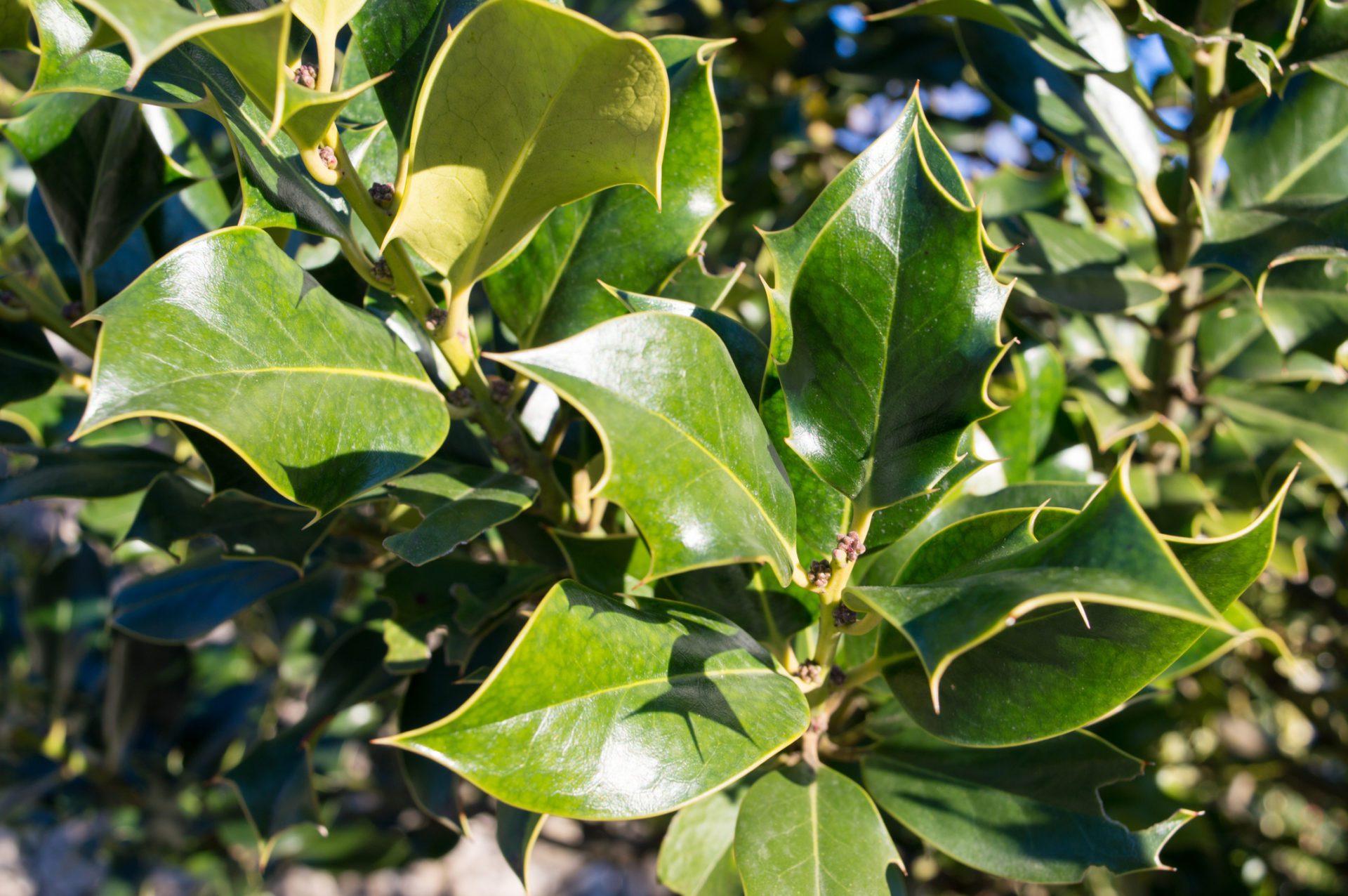
Cold-weather shrubs like Holly make a great addition to your landscaping during winter.
What are Cold Hardy Shrubs?
If you live in a colder climate where snowfall and much cooler temperatures occur throughout the winter season, you’ll want to choose cold hardy evergreen shrubs, like holly, which can survive temperatures as low as -20 degrees Fahrenheit! These types of tough plants will not only bring color into your yard all winter long they’ll also be able to withstand cold weather conditions.
Holly
Holly is a gorgeous evergreen shrub that comes in many varieties and sizes, making it easy to find one that fits your garden perfectly. The glossy green leaves are evergreen and complemented by bright red berries which offer food for wildlife during the colder months. Holly thrives best when planted in full sun, although it can tolerate light shade as well.
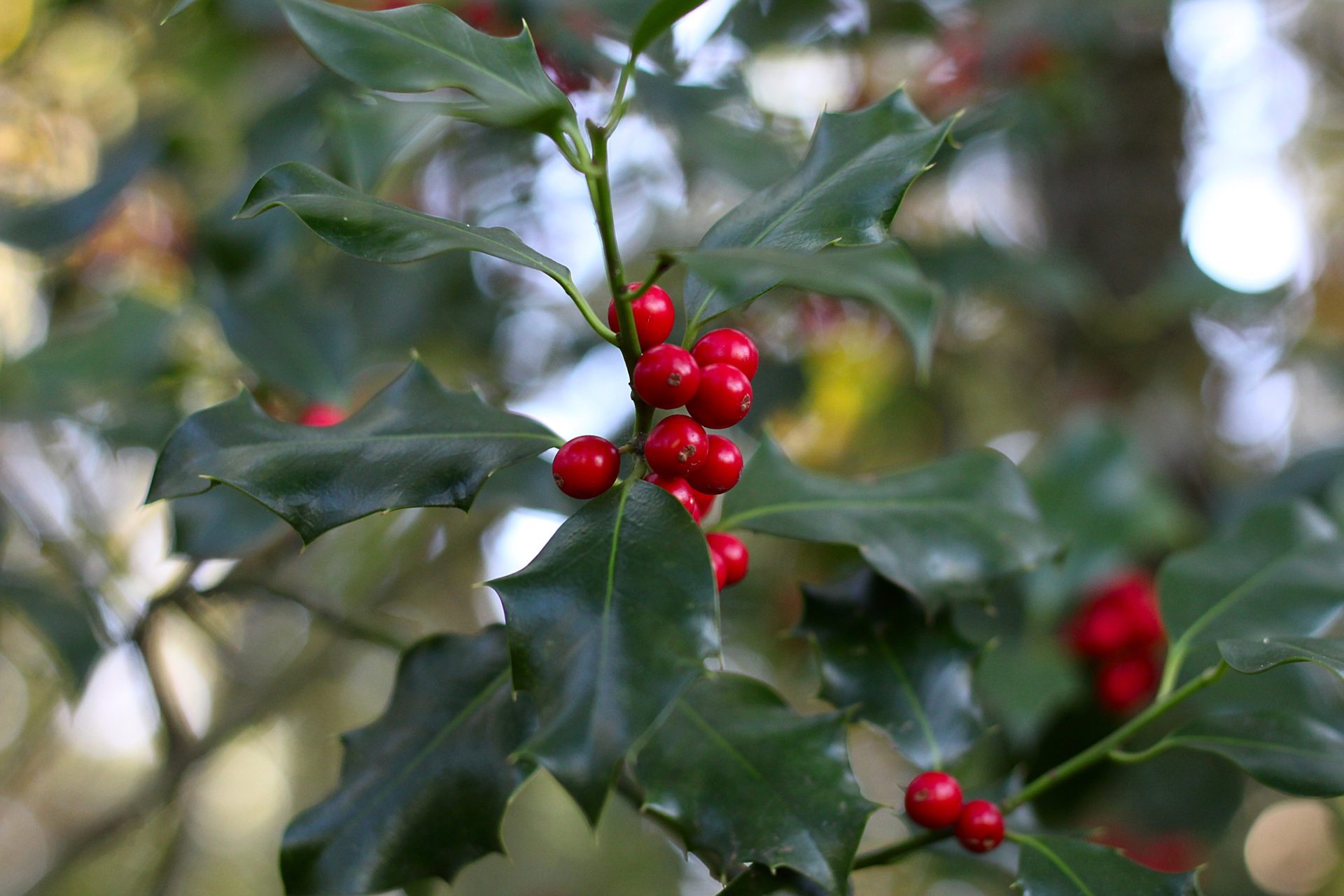
Winterberry Holly is a cold hardy shrub that adds color during winter.
Winterberry Holly
Another type of holly worth noting is the winterberry holly. This is a deciduous shrub with white flowers and clusters of red fruit that last throughout the winter season. Winterberry holly is a plant you likely recognize as it is one of the most iconic holiday decorations you may find. As with regular holly, winterberry holly prefers full sun but can tolerate partial shade as well. Planting these two types of holly together will ensure you have colorful foliage all year round!
Choosing the Right Winter Plants for Your Landscaping
When selecting plants for your garden, be sure to carefully consider what type of winter climate you live in. Different regions experience different levels of cold temperatures, so you should research which plants thrive best in your usda hardiness zone. Once you know which types of plants can handle the weather, select ones that provide visual interest when everything else is dormant. Colorful evergreens, as well as various shrubs, grasses, and flowers, are all viable options depending on what kind of look you hope to achieve.

Caring for winter perennials and annuals
Caring for Winter Plants
Taking care of cold-weather plants can be tricky. Making sure they get enough moisture is key to their success. If you live in an area with regular snowfall during the winter months, this shouldn’t be too much of a concern; however, if the snowfall is limited or nonexistent in your region, then watering on a regular basis (once every few weeks) will help ensure all of your plants remain healthy until springtime arrives again. Keep in mind, not all regions experience subzero temperatures during the winter, so if temperatures dip below freezing where you live it’s important to cover any sensitive foliage with mulch or burlap sacks. Doing this will help to protect them overnight from frost damage.
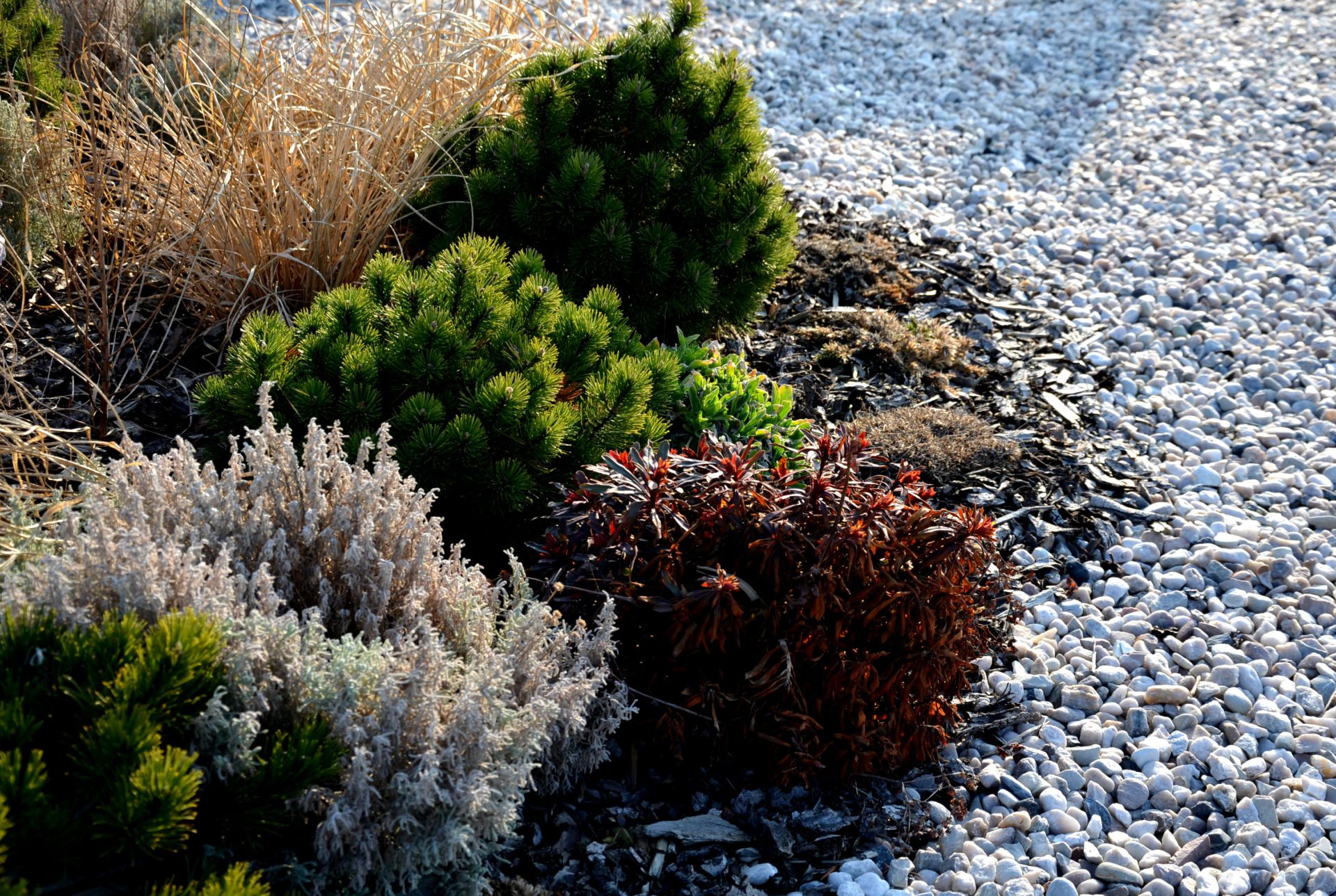
Add winter color to your flower beds with winter perennials, annuals, and cold hardy shrubs.
Add Color with Winter Perennials and Annuals
Winter doesn’t have to mean barren rock gardens with no color or life! By choosing cool-weather-resistant varieties of winter flowering annuals and colorful perennials such as sweet pea and holly, you can keep your garden blooming even in cold climates. The key to success is making sure they receive enough water (especially if there isn’t much snowfall) and protecting them from frost damage as necessary. With thoughtful selection and proper care, having a beautiful garden throughout the entire year can be easier than you think. If you’d like assistance with selecting or caring for plants and shrubs during the winter season, contact All Metro Service Companies today and we’d be more than happy to help!
Looking for more information?
Call us today at 763-789-4788 to receive a free estimate on any of our property services.
Free Estimates
on all Services
Use the form below to request a free estimate on any of our services.






